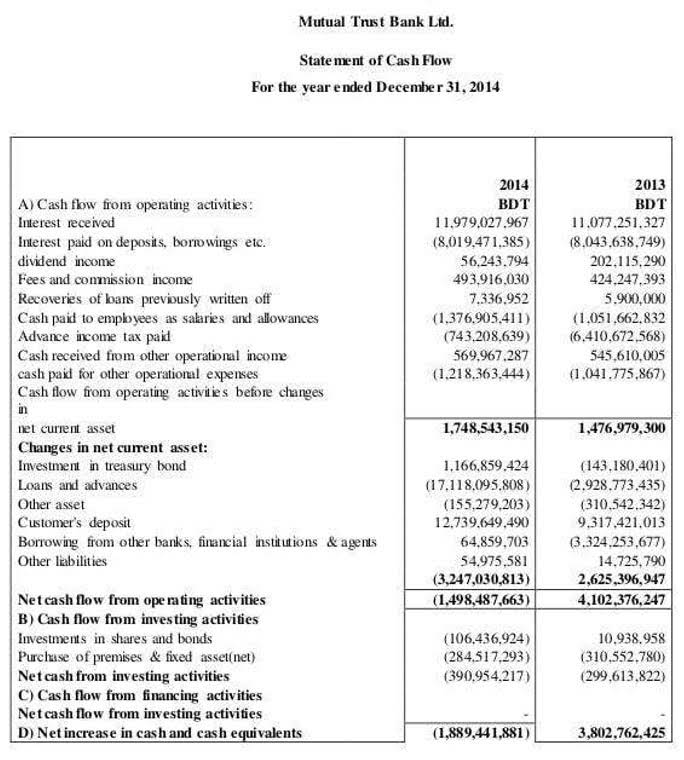Operating Lease vs Finance Lease vs. Capital Lease Explained

During the time of sale or disposal, the remaining depreciation is amount is debited form the accumulated depreciation value and fixed asset account is credited due to sale. Recall that under IFRS, lease classification has been abandoned as a practice. Otherwise, it is an operating lease, which is similar to https://www.bookstime.com/ a landlord and renter contract. Common examples of assets leased through operating leases include office space, vehicles, equipment, and machinery. Operating leases are prevalent in industries where frequent upgrades or changes in technology are common, such as technology, transportation, and healthcare.

Key Differences

If you are leasing a high-technology piece of equipment (copiers for your office, for example), you will probably have an operating lease. Furthermore, the weighted average cost of capital (WACC) will decrease as the debt ratio increases, which has a positive impact on the value of the firm. It is important to note that the increase in firm value derives solely from the value of debt, and not the value of equity.
- On the balance sheet, you put the current market value of the asset at the time of purchasing.
- The interest payments are 10% of the lease balance, and the remainder of each payment pays down the principal balance.
- It is important to note that the increase in firm value derives solely from the value of debt, and not the value of equity.
- In contrast, an operating lease does not transfer ownership rights to the lessee.
- Boost your confidence and master accounting skills effortlessly with CFI’s expert-led courses!
- This means that small business owners need to pay attention to the new standards and understand the effects these changes will have on their financial statements and their ability to obtain financing.
Accruent Lx Contracts: Best Lease Accouting Software

This last quantity is a plug to get our debits and credits equal, and these amounts will sum up to the lease liability balance over the lease term. Therefore, this is a finance/capital lease because at least one of the finance lease criteria is met during the lease, and the risks/rewards of the asset have been fully transferred. Leases are contracts in which the property/asset owner allows another party to use the property/asset in exchange for some consideration, usually money or other assets. The two most common types of leases in accounting are operating and finance (or capital) leases.
Operating Lease vs. Capital Lease
Operating leases are assets rented by a business where ownership of the asset is not transferred when the rental period is complete. Typically, assets rented under operating leases include real estate, aircraft, and equipment with long, useful life spans—such as vehicles, office equipment, or industry-specific machinery. If the asset needs repairs, you have to pay for those repairs.With an operating lease, you are renting the asset; you don’t own it and don’t have a purchase option for a bargain price. If the item has maintenance problems, it is the lessor’s responsibility to make the repairs. The conversion process is called “capitalizing” the lease, by turning the cost of the operating lease into a capital asset. It’s possible to convert an operating lease to a capital lease, but it’s complicated.
- The lessee treats the leased asset as if they purchased and financed it through the lease agreement.
- Over time, the leased asset is depreciated and the book value declines.
- An operating lease is an agreement to use and operate an asset without the transfer of ownership.
- Overall, we know that if ANY of the tests is not met, then the lease is classified as Capital Lease.
- This is based on the calculated equipment cost of $164,995, which is apportioned equally over eight years at $20,624 per year.
- The equipment has a useful life of eight years and has no residual value.
Unlike capital leases, where the lessee gains ownership of the asset at the end of the lease term, operating leases maintain a distinct separation between lessee and ownership. Now, do the changes made under ASC 842 make operating leases and capital leases the same from an accounting perspective? While there are similarities to how each classification is accounted for initially, there remain some notable differences. capital vs operating lease When a lease is capitalized, the lessee creates an asset account for the leased item, and the asset value on the balance sheet is the lesser of the fair market value or the present value of the lease payments. The lessee also posts a lease obligation in the liability section of the balance sheet for the same dollar amount as the asset. Over time, the leased asset is depreciated and the book value declines.
Capital Lease Vs Operating Lease Infographics

When assessing lease payments under ASC 842, unlike ASC 840, if a portion of property taxes or insurance is considered a lease payment, then it should also be included for the purposes of this classification test. For most situations, if the present value of the lease payments to be made over the lease term exceeds 90% of the fair value of the asset, then the lease is considered a finance lease. The companies should carefully analyse the financial requirement and objectives along with the terms of the agreement before selecting the type of lease. This is because the financial reporting methods and the rights to ownership will vary based on them.
No bargain purchase option
Leases that do not meet any of the four criteria are accounted for as an Operating Lease. Master accounting topics that pose a particular challenge to finance professionals. These guidelines are outlined by the International Financial Reporting Standards Foundation (IFRS). The US’ generally accepted accounting principles (GAAP) recognize the first 4 principles, but not the 5th.
- From the perspective of the lessor, the asset is leased while all the other ownership rights are transferred to the lessee.
- We are the trusted, independent resource for businesses of all sizes to explore, initiate, and embed outsourcing into their operations.
- The owner of the property transfers only the right to use the property, and the lessee returns the property to the owner at the end of the lease.
- We need to calculate the present value of operating lease commitments to arrive at the debt value of the lease.
- Operating leases are better suited for situations where the assets are only needed for a short time or when the item may be quickly outdated due to changing technologies.
- Therefore, we need to adjust the lease expense, depreciation expense, and interest expense numbers to account for this shift.
Despite these changes, operating leases are still considered a type of rental agreement, due to the lack of transfer of ownership, the expensed lease payments, and, in some situations, the short-term length of the lease. While an operating lease expenses the lease payments immediately, a capitalized lease delays recognition of the expense. In essence, a capital lease is considered a purchase of an asset, while an operating lease is handled as a true lease under generally accepted accounting principles (GAAP). A capital lease – often referred to as a finance lease – is a type of lease in which the lessee assumes some of the risks and rewards of ownership. A capital lease may involve a transfer of ownership to the lessee by the end of the lease term or offer a bargain purchase option.
